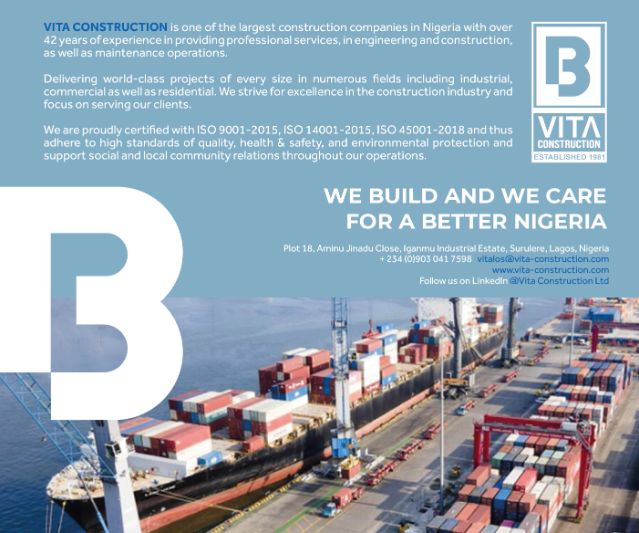 By HEADLINENEWS.NEWS correspondent
By HEADLINENEWS.NEWS correspondent
HIS administration, President Bola Ahmed Tinubu recently told security chiefs, aspires to transform Nigeria into a trillion dollar economy. Ambitious and lofty as this aspiration may be, Nigeria is a graphic study in not how to assume such a shimmering status. And my position is supported and reinforced by our heightened insecurity and epileptic electricity supply among other national failings.
On Monday, April 15, 2024, Nigeria’s electricity grid collapsed. It did so for a record six times since the year began. According to the International Energy Agency, IEA, Nigeria’s power grid collapsed 46 times between 2017 and 2023. On June 1, 2016, a complete grid collapse was recorded after eleven power plants went off line due to lack of gas supply. This is not to add load rejections by distributing companies, DISCOs, occasioned by aging infrastructure.
In 2014, two years prior to the aforementioned fiasco, the Apo Power Transmission Substation went up in flames after lightning struck the facility. Another fire outbreak occurred at the same power substation in 2019, thereby plunging several districts of Abuja into darkness.
The challenges of the electricity sector are multifaceted. They are also a legion. They range from aging and obsolete equipment to outright lack of financial prudence. One investigation revealed that illegal structures had been erected in close proximity to the electricity grids. In the Southern part of the country, vegetation had been allowed to encroach on the grid facilities. In other parts of the country, bandits and criminals vandalise grid and electricity towers, costing millions of Naira, with frequent abandon. Most of the grid failures catalogued above are chiefly caused by obsolete equipment and gas supply constraints. The national grid, apart from our hydro-electric dams, is supplied by gas-fired thermal plants. Twenty four of these power plants have a combined capacity of 11,000mw. Yet, they are, due to gas constraints, only able to deliver 30% of their capacity. The painful irony is that Nigeria’s gas reserves are amongst the most ample and prolific globally.
To forestall grid collapse, the Transmission Company of Nigeria, TCN, once underscored the need for sufficient gas supply to the power plants. It stated thus:”Gas constraints continue to impact good flexibility and stability. Ensuring sufficient gas supply to power generating stations is crucial for grid stability as sufficient generation allows for better grid management in the event of sudden generation losses…”
This explanation appears simple. Yet it continues to assume the proportion of a conundrum and to dog electricity supply. Gas supply, according to the pundits, is premised on the ability of the generating companies, GENCOs, to pay the gas company. The GENCOs are, in turn, said to depend on distribution companies, DISCOs, to pay up their bills. Unfortunately for the DISCOs, not less than 60% of electricity consumers are said to be unmetered. Consequently, many consumers are alleged to default in payment of services rendered.
Compounding this conundrum is that the government continues to invest in the electricity sector without tangible results. Since 1999, government has invested not less than N2.74trillion in this sector. In spite of this huge investment, power generation has not surpassed the 5000mw threshold. Electricity supply is at best epileptic. And in spite of their recent quixotic attempt to foist a needless categorisation and an astronomical tariff on Nigerians, the Ministry of Power and the National Electricity Regulatory Commission, NERC, have come to grief. The DISCOs, curiously favoured by them, immediately confessed, in the aftermath of the tariff increase, their inability to supply the elite members of Band A with twenty-hour electricity.
It is clear from the foregoing that the challenge of the power sector is not a shortage of “investment” or cash. Rather, it is that of lack of prudence and patriotism. In addition to the lack of prudence in deploying resources allocated to the sector, the challenges faced, covering the entire gamut of generation, transmission and distribution, are interwoven. The challenge of one impinges on the other and vice-versa. Their interconnectedness, thus, calls for a holistic approach in solving the challenges that afflict the power sector. Concerns of each chain should be squarely addressed with a view to improving on its performance and deriving optimum benefit from all in the electricity value chain.
Additionally, the country should find recourse in other sources of power other than hydro-electricity dams and thermal plants. Solar and wind energy, which are clean, cheap and available, should be exploited without delay. Thankfully, we are blessed with an abundance of sunlight and wind.
These should be harnessed and fed into the national grid to augment what is being currently generated. If possible, electricity generated from hydro-electricity dams and thermal plants should be dedicated to manufacturing and other critical concerns while that generated from solar and wind is deployed to cater for residential buildings which consume less voltage. To accomplish this, a policy on power generation and distribution should be articulated and tailored along this proposed line.







